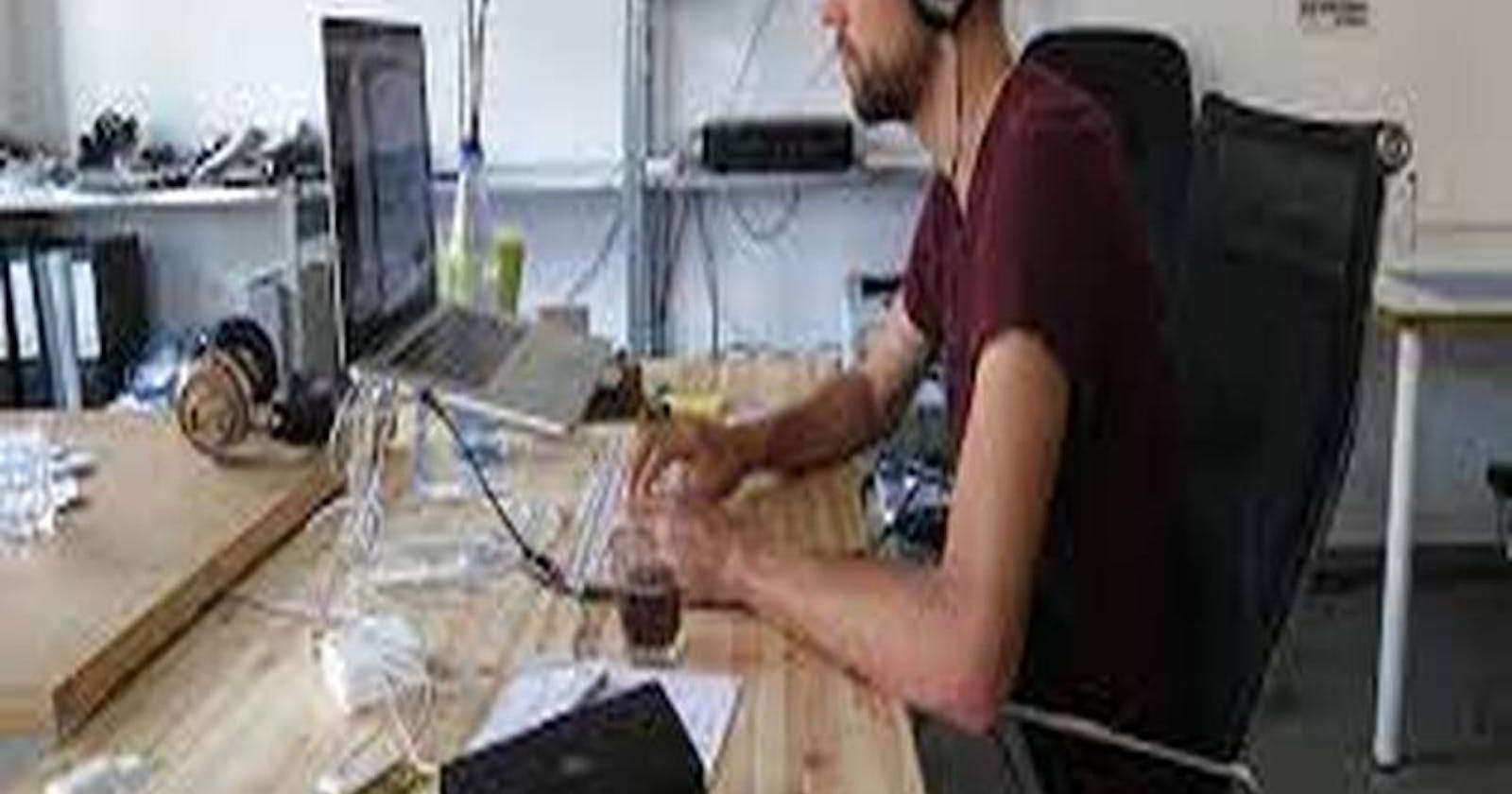Becoming a Full Stack Developer: Mastering the Art of End-to-End Web Development
Introduction:
Full-stack development has evolved as a sought-after skill set in the fast-evolving world of technology. Full-stack developers are versatile individuals who can create comprehensive web apps since they are skilled in both front-end and back-end programming. In this blog, we will look at the steps to becoming a full web stack developer, highlighting the necessary skills, learning resources, and employment opportunities.
1. Understanding the Full Stack:
The ability to work on both the client-side (front-end) and server-side (back-end) of web applications is referred to as full stack development. Front-end development entails designing user interfaces, layouts, and interactive elements in HTML, CSS, and JavaScript. Back-end development is concerned with server-side programming, databases, and the handling of server requests using languages such as Python, Ruby, or JavaScript (Node.js).
2. Essential Skills for Full Stack Development:
To become a full stack developer, you must be proficient in a variety of technologies and abilities. Here are some crucial abilities to concentrate on:
- Front-end Development: Understand HTML, CSS, and JavaScript, as well as popular libraries and frameworks like React, Angular, and Vue.js. Understanding the fundamentals of responsive design and user experience is critical for designing aesthetically beautiful and user-friendly interfaces.
- Learn a server-side programming language such as Python, Ruby, or JavaScript (Node.js). Learn how to handle server-side functionality and connect with databases using frameworks such as Django, Ruby on Rails, or Express.js.
- Databases and Data administration: Learn about database administration platforms such as MySQL, PostgreSQL, and MongoDB. Learn how to design and optimise database structures, as well as how to conduct CRUD activities (create, read, update, and delete).
- Version Control: Understand how to utilise Git or other version control systems to efficiently interact with teams, track code changes, and manage project repositories.
- API Integration: Learn how to integrate with third-party APIs and consume data from external services to improve the functionality of your application.
- DevOps: Learn how to deploy applications, manage servers, and deal with cloud platforms such as Amazon Web Services (AWS) or Microsoft Azure.
3. Learning Resources and Pathways:
There are various tools available to help you get started on your path to becoming a full stack developer:
- Online Courses and Bootcamps: Platforms such as Udemy, Coursera, and Codecademy provide in-depth full stack development courses and bootcamps. These courses cover both front-end and back-end technologies, with hands-on projects to put your knowledge to the test.
- Open Source Projects: Participate in open source projects through platforms such as GitHub. This gives you the opportunity to work alongside experienced developers, learn best practises, and receive real-world experience.
- Creating Personal Projects: Create personal projects to put your knowledge to use and reinforce what you've learned. Begin with modest tasks and progressively increase the complexity to push yourself and show potential employers your talents.
4. Career Prospects:
Because of their versatility and ability to handle end-to-end web development, full stack engineers are in high demand in the employment market. As a full stack developer, you can work in a variety of industries, from startups to huge corporations. Full Stack Developer, Web Developer, Software Engineer, or Application Developer are examples of job titles. Full stack programming abilities also give a solid foundation for entrepreneurship, allowing you to construct your own online applications or freelancing ventures.
Conclusion:
A diversified skill set and a desire for continual learning are required to become a full stack developer. You can start an exciting career in full stack development by learning front-end and back-end technologies, database management, and other necessary skills. Improve your knowledge and acquire hands-on experience by taking online classes, participating in open source projects, and working on personal projects. With the increased demand for full stack engineers, adopting this path makes sense.
